Table of Contents
Slaying Acne and Anti-Aging: Niacinamide vs Vitamin C – A Comparative Study on Skin Concerns
As we navigate the vast world of skincare, it can be overwhelming to separate fact from fiction, and myth from reality. Two ingredients that are often touted as game-changers in the fight against acne and anti-aging are niacinamide and vitamin C. But what exactly do these powerhouses of skincare do, and how do they compare? In this article, we’ll delve into the science behind niacinamide and vitamin C, exploring their unique effects and benefits, as well as their potential downsides. Buckle up, folks, as we explore the ultimate showdown between niacinamide and vitamin C.
The Science Behind Niacinamide
Niacinamide is a form of Vitamin B3 that has been extensively studied for its impressive array of benefits. It has been shown to improve the appearance of fine lines and wrinkles, reduce inflammation, and even improve symptoms of psoriasis and rosacea. But how exactly does it do it? For starters, niacinamide’s affinity for lipids – specifically ceramides – helps to strengthen the skin’s barrier function, making it more resistant to environmental stressors and pollution. This, in turn, allows for better moisture retention and a more even skin tone. Additionally, niacinamide’s anti-inflammatory properties help to reduce redness and irritation, leaving skin looking smoother and more even-toned.
The Science Behind Vitamin C
Vitamin C, on the other hand, is a water-soluble antioxidant that packs a punch when it comes to fighting free radicals. Its unique ability to donate electrons to damaged skin cells and molecules helps to neutralize oxidative stress and inflammation. This, in turn, helps to reduce the appearance of fine lines and wrinkles, and even out skin tone. Vitamin C also has a profound effect on collagen production, encouraging skin to produplicate and retain more collagen, resulting in a plumper, more youthful appearance. Furthermore, its antioxidant properties help to reduce the formation of new pigment, making it an excellent brightening agent for skin tone.
The Downside: Potential Side Effects
While both niacinamide and vitamin C are relatively well-tolerated, they do have some potential downsides. Niacinamide can cause flushing, itching, and stinging, particularly in those with sensitive skin. Additionally, using high concentrations of niacinamide can lead to skin dryness and irritation. As for vitamin C, it’s more reactive and can cause irritation, especially if used in high concentrations or combined with other potent ingredients. In some cases, high concentrations of vitamin C can also cause skin to become too acidic, leading to increased sensitivity and redness.
A Comparative Analysis: Niacinamide vs. Vitamin C
So, how do these two heavy-hitters compare? In short, both niacinamide and vitamin C are effective at addressing different skin concerns. Niacinamide excels at improving the skin’s barrier function, reducing inflammation, and addressing skin conditions like psoriasis. Vitamin C, on the other hand, is a master of free radical neutralization, collagen production, and brightening. When it comes to addressing acne, niacinamide’s anti-inflammatory properties may be more effective, while vitamin C’s antioxidant properties are better suited for addressing post-inflammatory hyperpigmentation (PIH) and fine lines and wrinkles.
Summary
| Feature | Niacinamide | Vitamin C |
|---|---|---|
| Typical Concentration (%) | 2-5% | 10-20% |
| Target Concerns | Inflammation, Acne, Skin Conditions | Anti-Aging, Brightening, Fine Lines and Wrinkles |
| Potential Side Effects | Flushing, Itching, Dryness | Irritation, Redness |
Recommended Niacinamide Products
-
 Perfect Skin Extra Strength Rejuvenating SetKD7.000
Perfect Skin Extra Strength Rejuvenating SetKD7.000 -
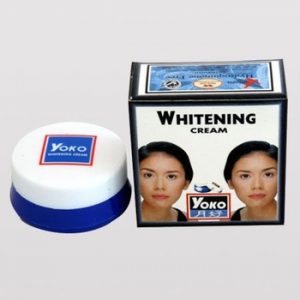 Yoko Whitening Cream 5gKD0.500
Yoko Whitening Cream 5gKD0.500 -
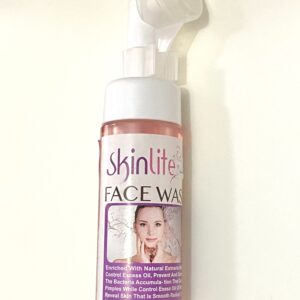 SkinLite Face Wash 200mlKD4.000
SkinLite Face Wash 200mlKD4.000 -
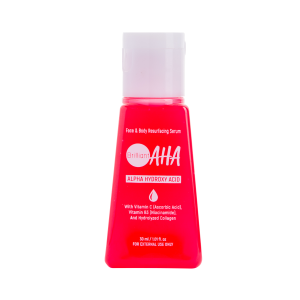 Face & Body Resurfacing Serum (Brilliant AHA) 30 mLKD3.000
Face & Body Resurfacing Serum (Brilliant AHA) 30 mLKD3.000 -
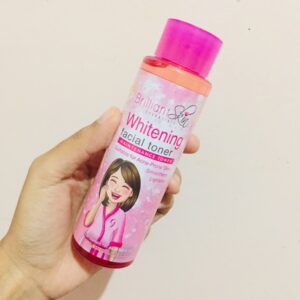 Brilliant Skin Whitening Maintenance Toner 120mlKD4.500
Brilliant Skin Whitening Maintenance Toner 120mlKD4.500 -
 Rosmar Kagayaku Rejuvenating KitKD8.000
Rosmar Kagayaku Rejuvenating KitKD8.000 -
 Organic Skin – Underarm Power Dry Deo 40 mlKD5.000
Organic Skin – Underarm Power Dry Deo 40 mlKD5.000 -
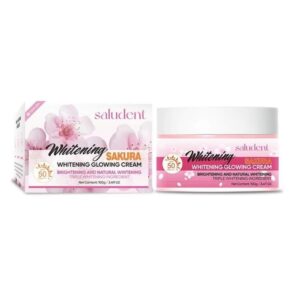 saludent, Whitening Sakura Whitening Glow Cream SPF50 100gKD6.000
saludent, Whitening Sakura Whitening Glow Cream SPF50 100gKD6.000 -
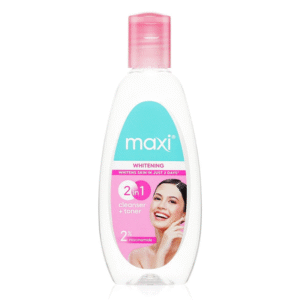 Maxi Whitening Cleanser + Toner – 135mlKD1.250
Maxi Whitening Cleanser + Toner – 135mlKD1.250 -
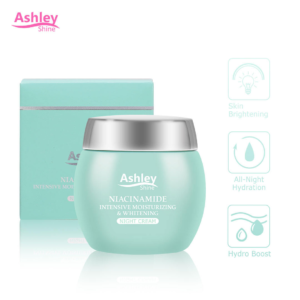 Ashley Shine Niacinamide Whitening Night Cream – 50gKD5.490
Ashley Shine Niacinamide Whitening Night Cream – 50gKD5.490 -
 INTICARE intiWomen Women’s Vagi Biotics 30’sKD9.000
INTICARE intiWomen Women’s Vagi Biotics 30’sKD9.000 -
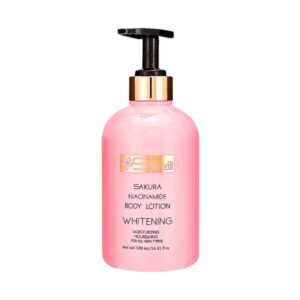 Shawill Sakura Niacinamide Whitening Body Lotion – 500mlKD6.000
Shawill Sakura Niacinamide Whitening Body Lotion – 500mlKD6.000 -
 Barley Gummies with Super Greens 1200mg 60 GummiesKD7.000
Barley Gummies with Super Greens 1200mg 60 GummiesKD7.000 -
Product on sale
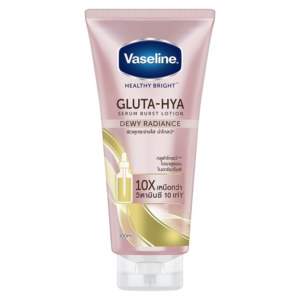 Vaseline Gluta-Hya Serum Burst Lotion Dewy Radiance – 300mlOriginal price was: KD4.990.KD4.000Current price is: KD4.000.
Vaseline Gluta-Hya Serum Burst Lotion Dewy Radiance – 300mlOriginal price was: KD4.990.KD4.000Current price is: KD4.000. -
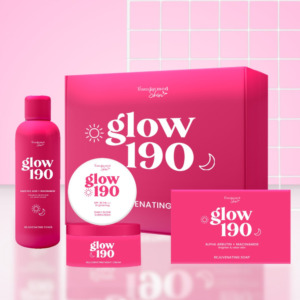 Glow 190 Rejuvenating Set by Transformed SkinKD8.000
Glow 190 Rejuvenating Set by Transformed SkinKD8.000 -
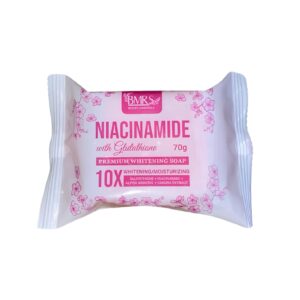 Niacinamide with Glutathione Bar Soap by BMRS 70gKD2.500
Niacinamide with Glutathione Bar Soap by BMRS 70gKD2.500 -
 NIACINAMIDE Pure Serum by Ashley Shine 520mL: Deep Hydration and Brightening for Face, BodyKD8.000
NIACINAMIDE Pure Serum by Ashley Shine 520mL: Deep Hydration and Brightening for Face, BodyKD8.000 -
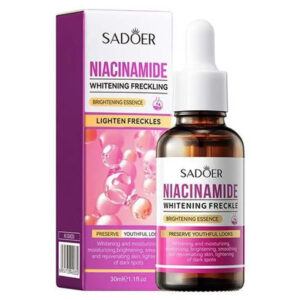 Sadoer Niacinamide Whiten Anti-Freckle Essence 30mlKD3.000
Sadoer Niacinamide Whiten Anti-Freckle Essence 30mlKD3.000




